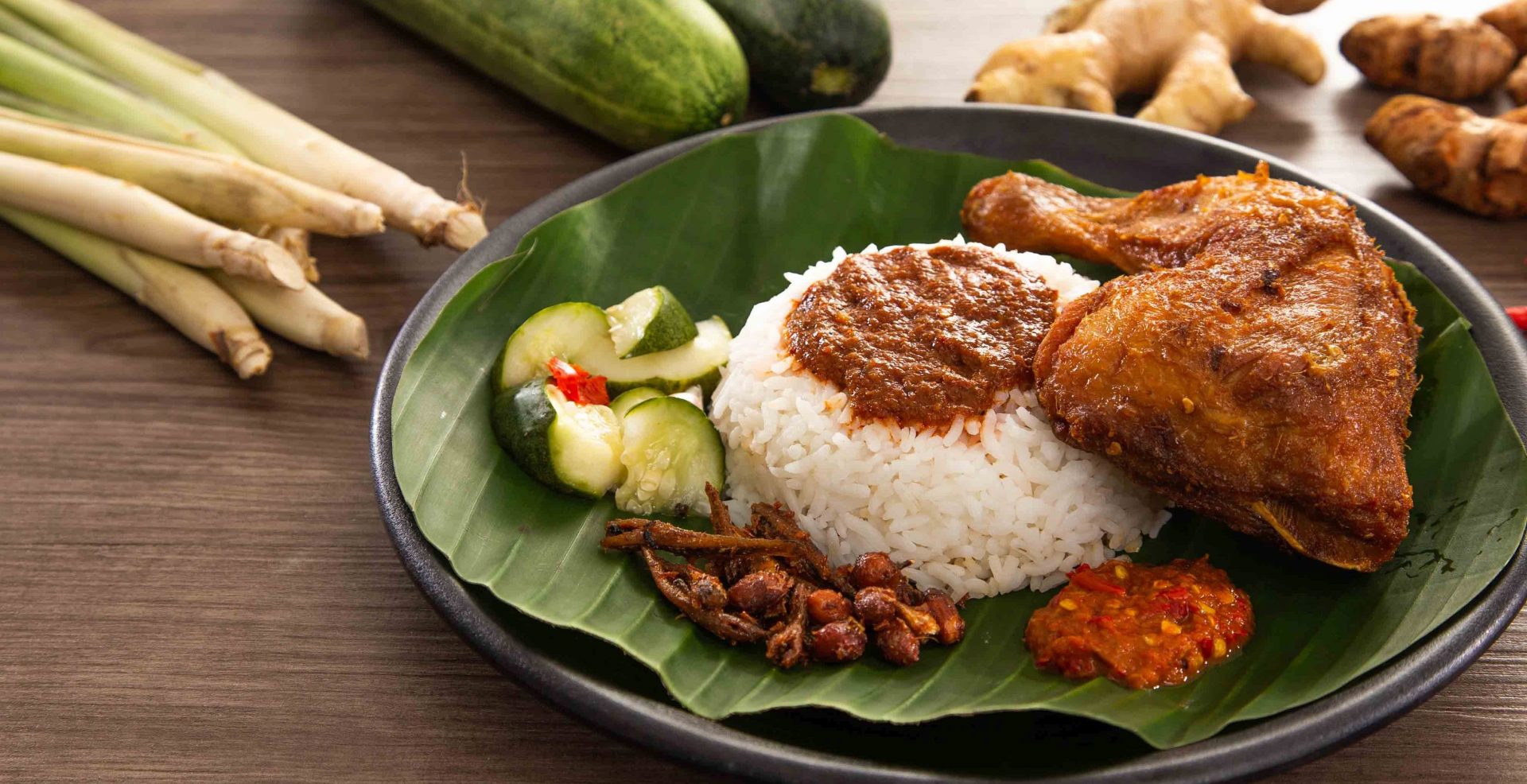Each of the 13 states in Malaysia has something unique on its menu, and if you arrive in the Peninsula’s southernmost state hungry, then this list is for you. Here are some must-try Johor treats, some of which have a fascinating history behind them.
Malaysians love their food with a zealous passion, and each state has its own claims to fame. Some of these dishes are so beloved, they even inspire interstate travel!
They say, “When in Rome, do as the Romans do,” but when in Johor, you better be ready to eat like a Johorean. While some of the more commercialised areas of Johor cater to the cross-causeway neighbouring country of Singapore, Johor has quite a few local dishes that keep the state grounded to its roots. Rich in culture and history, many of Johor’s popular and signature dishes have a story to tell.
LAKSA JOHOR
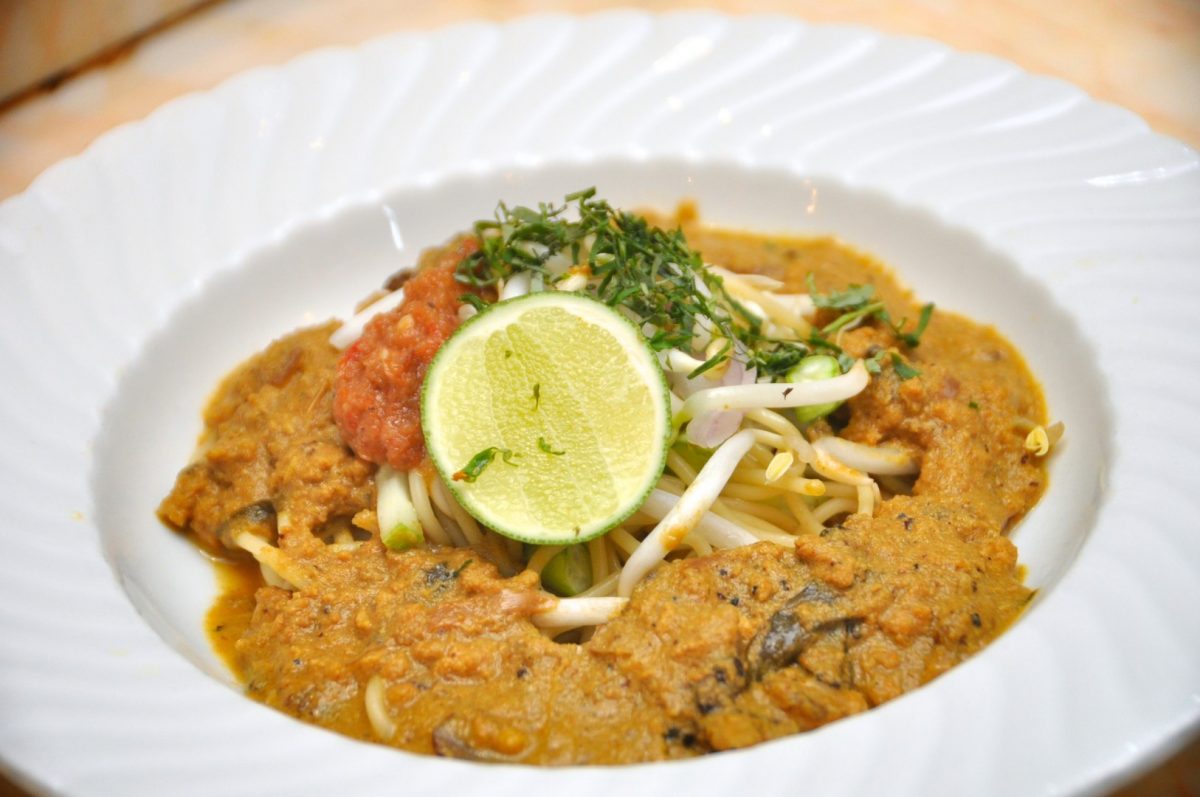
Most people are familiar with curry laksa served with yellow egg noodles and assam laksa, which is served with thick rice noodles, but a distinctive feature of Johor’s version is that it uses spaghetti noodles instead, the only local laksa variant we know of that does so. The spaghetti is topped with a thick curry-like gravy that contains a mix of herbs including galangal, lemongrass, and kerisik (fried coconut paste), along with ground fish, dried shrimp, coconut milk, and asam gelugur (Garcinia cambogia). Adding texture and colour, and also acting as a garnish, mint leaves, cucumber, onion, white radish, and bean sprouts are placed on top. The dish usually comes with a side of sambal belacan (dried shrimp paste) and half a lime, which is to be liberally squeezed all over the noodles before eating.
The history of this dish starts with the ‘Founder of Modern Johor,’ Sultan Abu Bakar, who was said to be the first Malay ruler to visit Europe in 1866. During his time there, he told the royal chefs to prepare a bowl of laksa Johor with spaghetti instead of rice noodles, as the former was of course much more readily available. As recounted in the book Johor Palate: Tanjung Puteri Recipes, written by Kalsom Taib and Hamidah Abdul Hamid, the Sultan’s trips to Italy sparked and developed his love for pasta, and inspired a new and different style of local laksa. These days, and for as long as Johoreans can remember, the dish has always been prepared with spaghetti noodles!
NASI KUKUS AYAM REMPAH
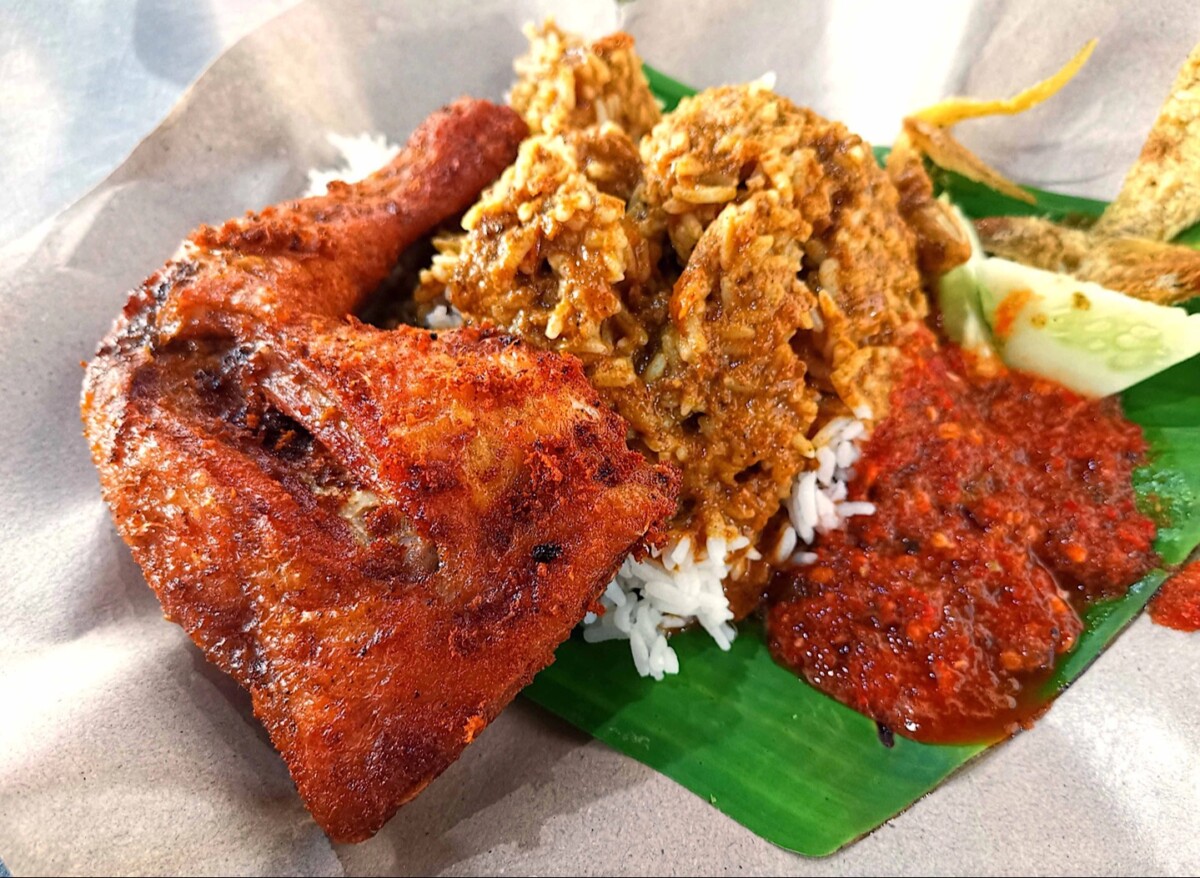
One dish commonly found in KL that actually originated from Johor is nasi kukus ayam rempah (or berempah) a simple yet tasty dish consisting of steamed white rice, chicken pieces marinated and fried with spices, served with curry, vegetables, and sambal belacan. Other variants even include fried catfish with spices. This is an especially popular dish for locals during lunch, and there are popular roadside stalls in Gelang Patah that specialise in nasi kukus ayam rempah, so you can have your pick.
PISANG GORENG
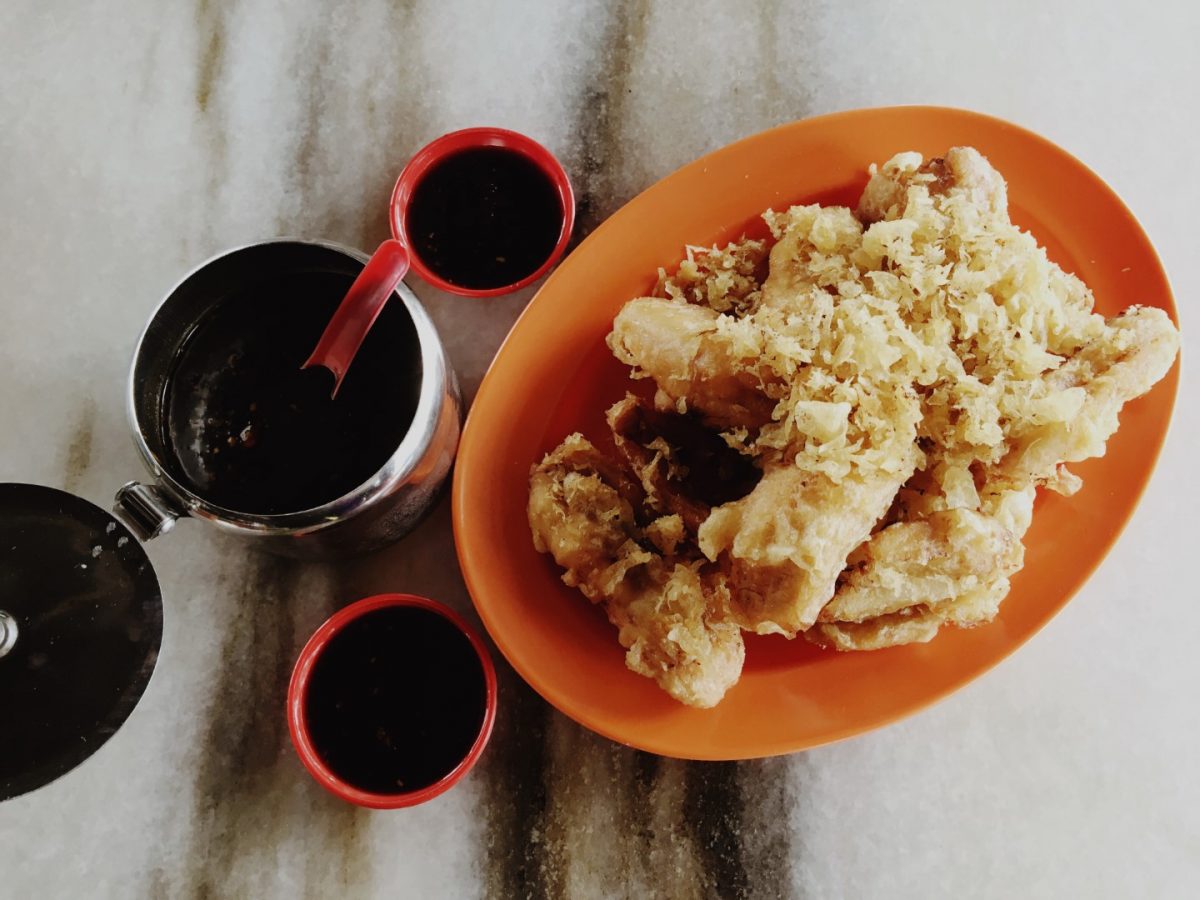
Of course, pisang goreng is ubiquitous in Malaysia, but for a true Johorean, no batch of pisang goreng (banana fritters) is truly complete without a side of sambal kicap, a sweet and spicy dip! Sambal kicap is made by blending together chilli padi (bird’s eye chilli), garlic, sugar, kicap manis (sweetened aromatic soy sauce), and topped with an added sprinkling of thin-sliced chilli padi. Sounds like a weird combination, but folks in Johor believe this is the best way to enjoy sweet, crispy banana fritters – nicely contrasted with the pungent spice of chillies!
PEPES
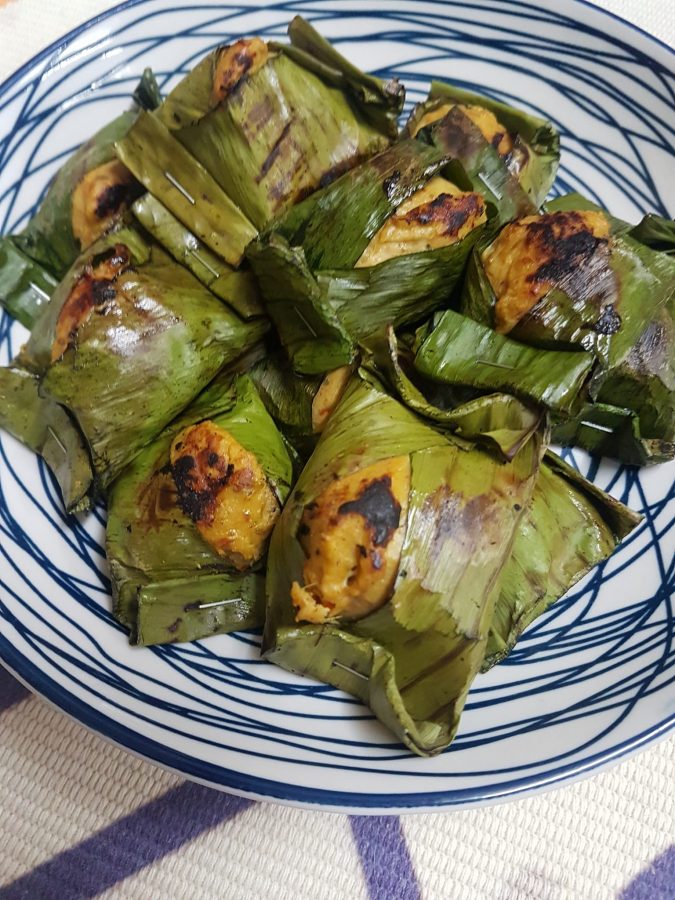
Similar to otak-otak, pepes is a mixture of fish (ikan) or chicken (ayam) wrapped in banana leaves and then cooked. The meat is mixed with a paste comprising santan (coconut milk) and several flavourful spices and can be either grilled or steamed. It is typically ordered as a side dish or a delicious snack. In Johor, pepes can usually be found at standalone hawker stalls near a restaurant or in food courts.
KLUANG COFFEE
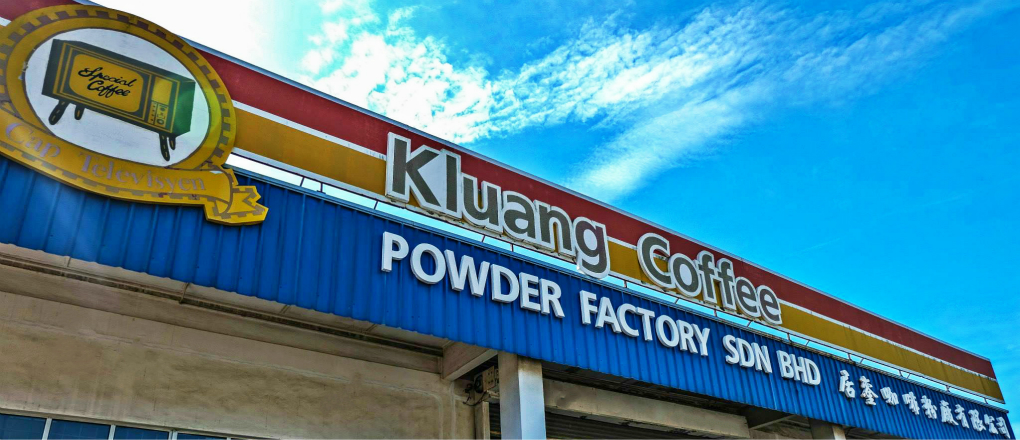
Okay, so coffee isn’t really a ‘dish,’ but this particular one – from the Kluang district, the ‘television brand’ coffee – is well known to locals. Produced by the Kluang Coffee Powder Factory, one of the biggest coffee manufacturers in Johor, the place is open for visitors. Some people even travel there in bus loads to experience the factory tour. The first factory was founded in 1966 and was located along Jalan Mersing, but was later moved to Jalan Besar. The coffee is best enjoyed with a side of toasted buns with butter.
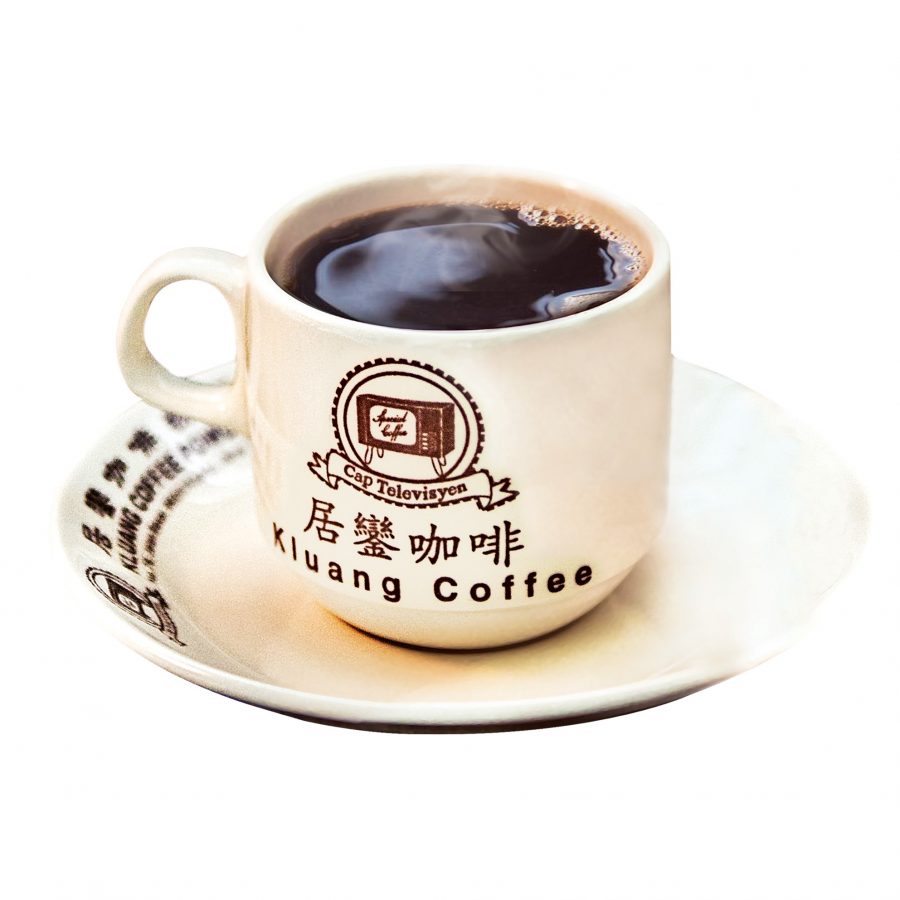
Why was it called ‘television brand’? Television broadcasting began in Malaysia in the early 1960s and at that time, owning a television was the dream for many families, here as it was considered a mark of prestige to own one. Televisions were also seen as a tool to not only broadcast news and entertainment shows but it also brought people together in a household, and for Goh Tong Tor, Kluang Coffee founder, these were the values he wanted to instil, hence he used a television set as his brand logo, hoping to produce coffee of the highest quality so that it is seen in every household, while bringing families together with a good cup of coffee.
NASI BRIYANI GAM
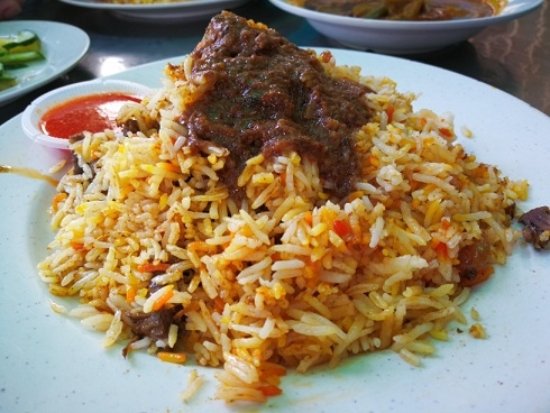
Nasi Briyani Gam is a famous dish in Malaysia, and although commonly found in KL and other parts of the country, the town of Batu Pahat usually gets the honour of being the place where you can find the best version of this dish. It is made using long-grain basmati rice which is immersed and cooked with aromatic spices, and is available with chicken, lamb, or beef. The marinated meat is cooked together with the rice in a special sauce made up of spices and ghee (clarified butter). Dhal and vegetable pickles round up the filling and delicious meal. Prepare yourself for a food coma after indulging in this delicious dish!
TANGKAK BEEF NOODLES
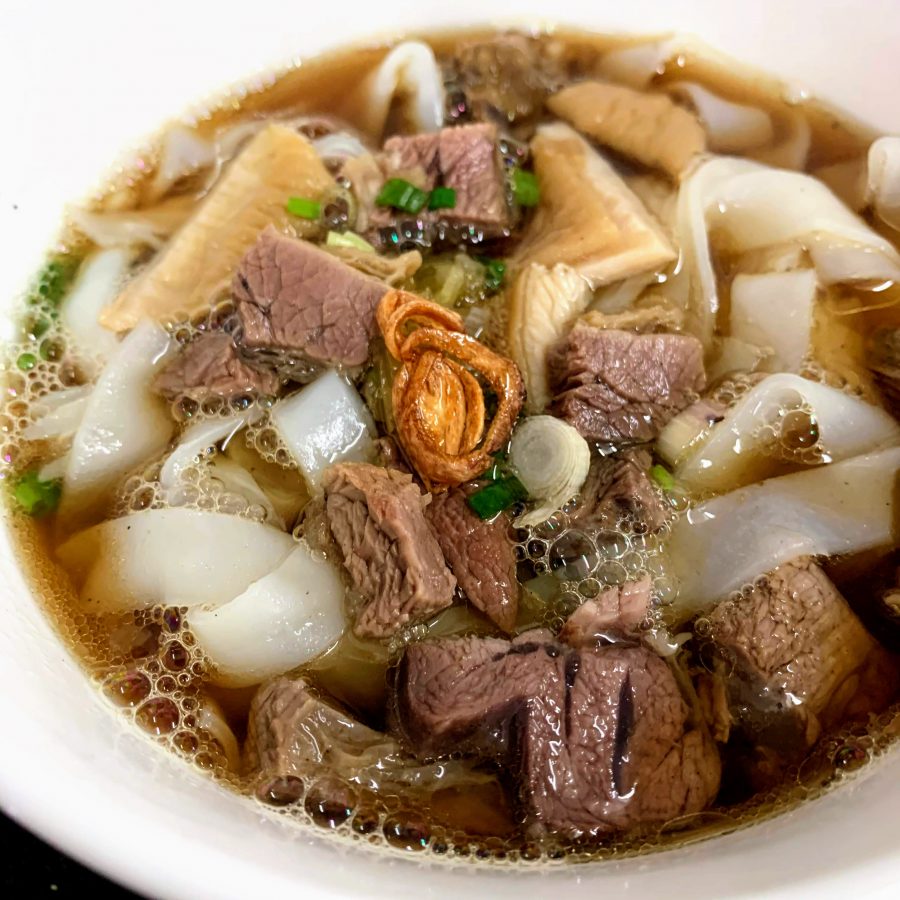
While you can now find Tangkak beef noodles in Kuala Lumpur and Melaka, the best version of the dish will always be where it was first served, which is Tangkak in northwest Johor, just adjacent to the state border with Melaka. A bowl of Tangkak beef noodles features flat rice noodles in a savoury herb and meat broth, topped with beef brisket, shin, stomach, tendon, tenderloin, and meatballs. You can also opt for a dry version of the noodles, where it all gets tossed in a sweet and savoury soy sauce mix. If you’re not a fan of all the additional beef bits, you can choose to order your dish without the ‘spare parts’… but if you don’t try, you won’t know!
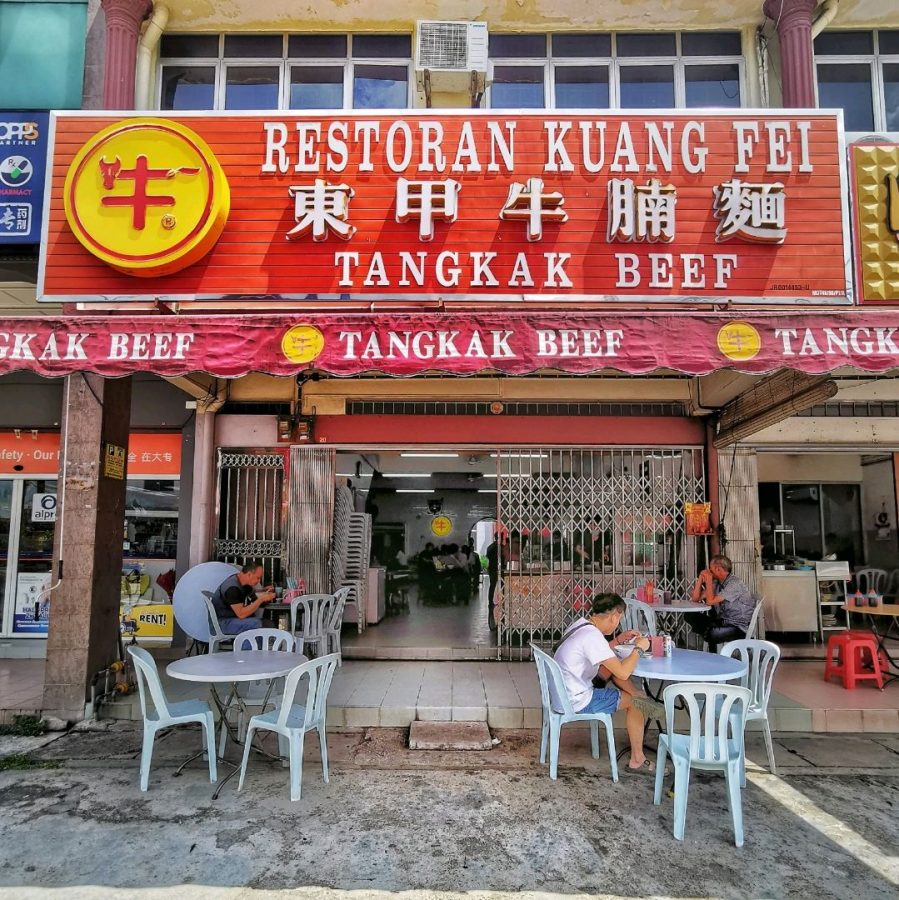
Many beef noodle restaurants have sprouted up over the years, but one of the oldest and family-run restaurants is Restoran Kuang Fei (Tangkak Beef). Having opened branches over the years in Melaka, other parts of Johor, and even Kuala Lumpur, the little mini-chain is family-run and has been operating for more than 40 years. Starting off as a small stall next to a bus station, lots of people thronged the stall for the beef broth, which is said to have originated from the Hainan Island in China.
ASAM PEDAS
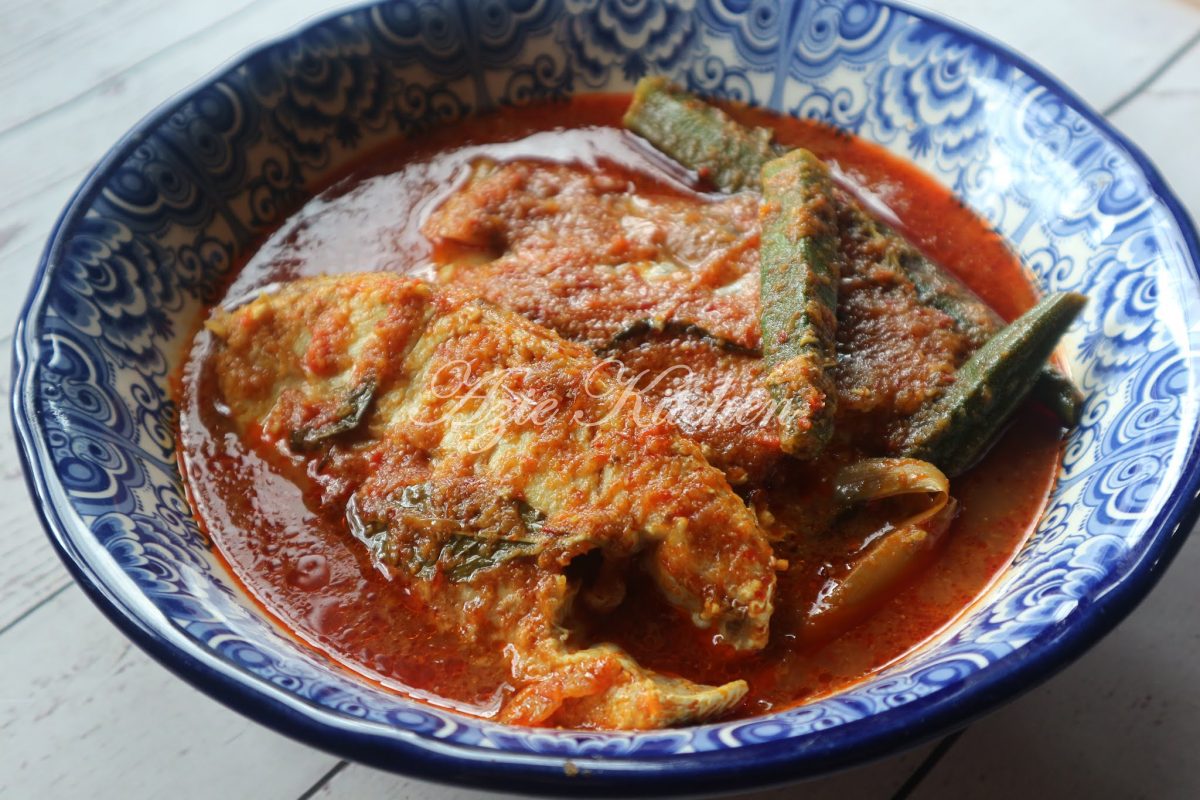
Malaysians simply love their asam pedas, a dish that is particularly famous in Melaka and Johor. The Johor version of asam pedas is purportedly gazetted as a Johorean heritage dish along with laksa Johor. The spicy and sour stew, featuring either chicken or fish, is noted for its use of black pepper and kesum leaves (also known as ‘Vietnamese coriander’), and it has a thick gravy which is bright red in colour. Your tastebuds will tingle and your tongue may burn, but it will be well worth it for the deliciously tangy and savoury taste.
"ExpatGo welcomes and encourages comments, input, and divergent opinions. However, we kindly request that you use suitable language in your comments, and refrain from any sort of personal attack, hate speech, or disparaging rhetoric. Comments not in line with this are subject to removal from the site. "


